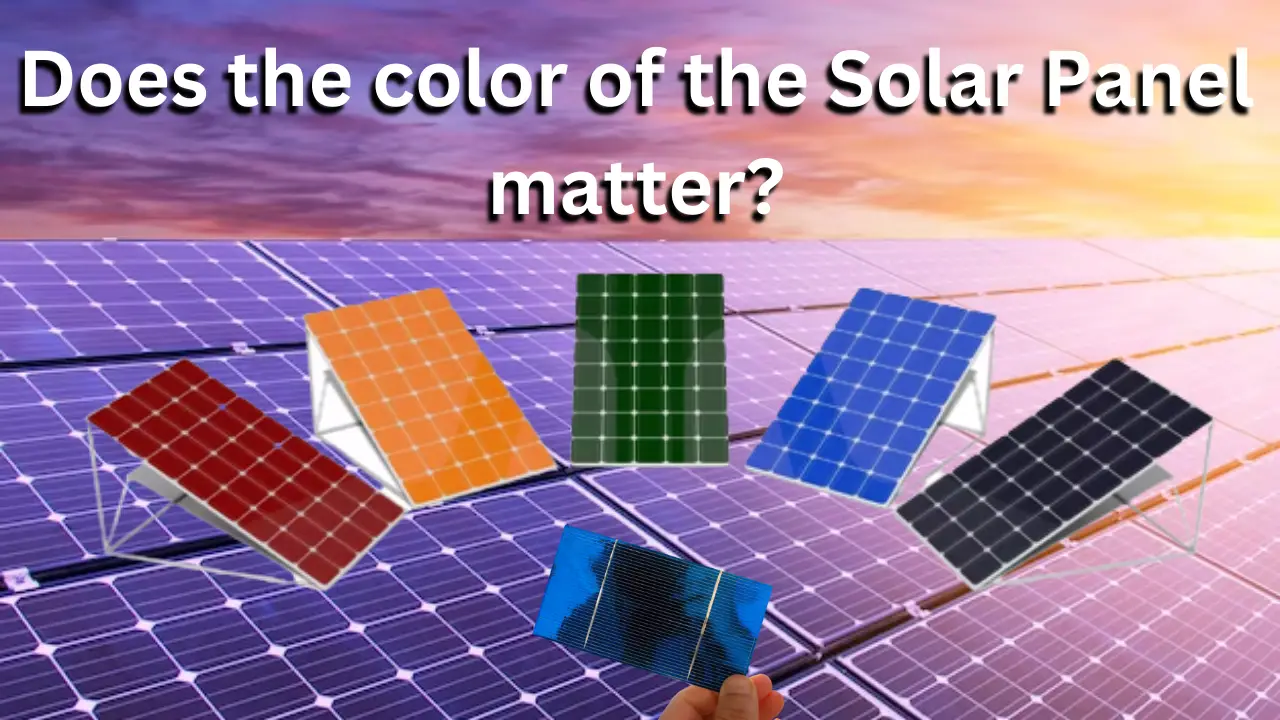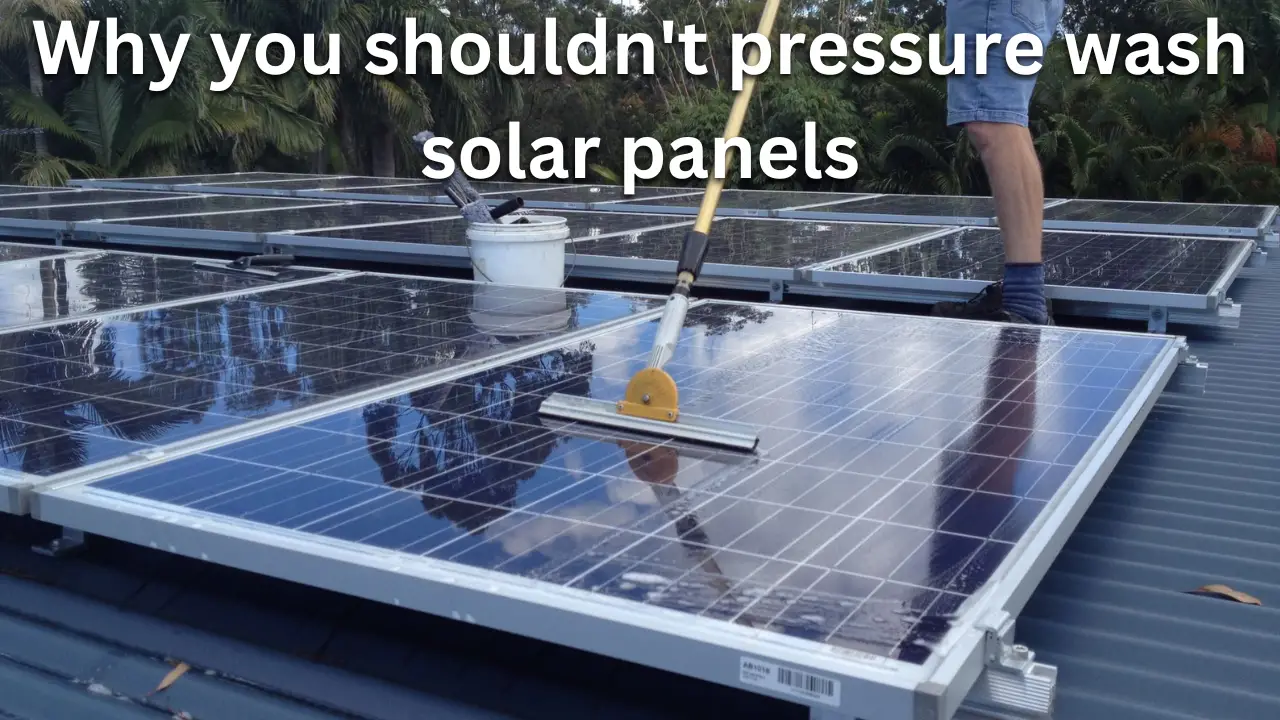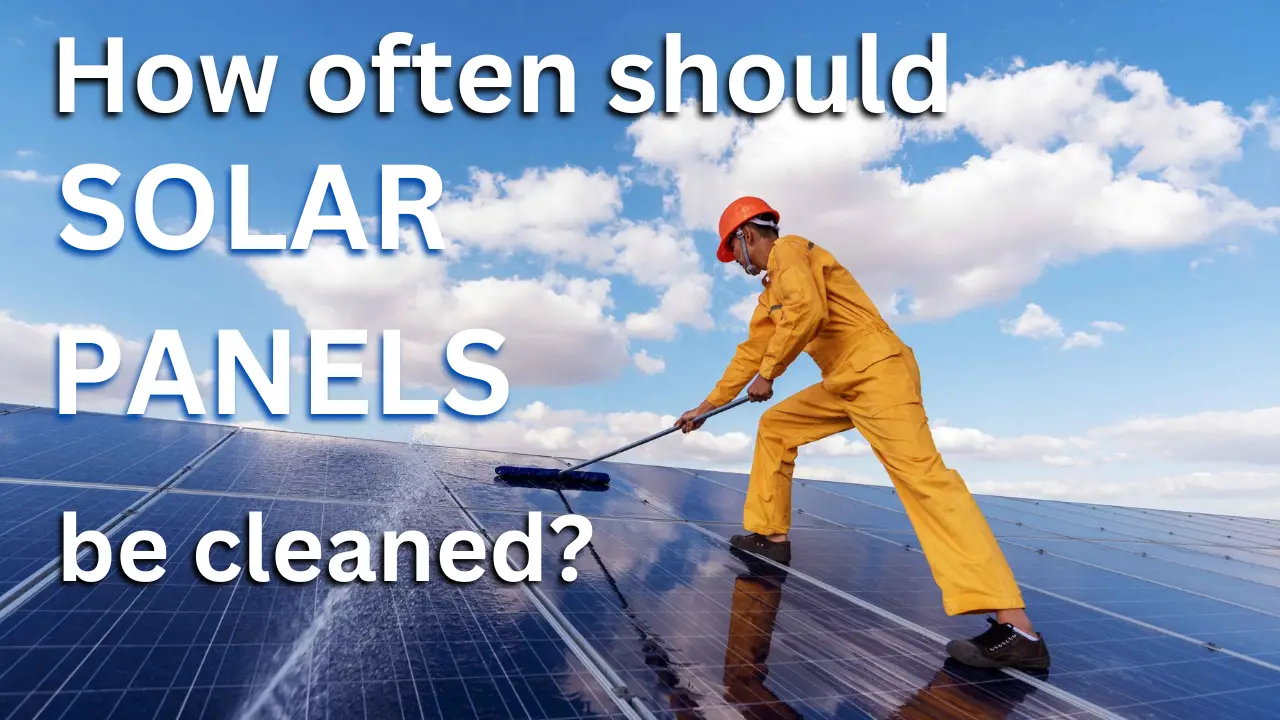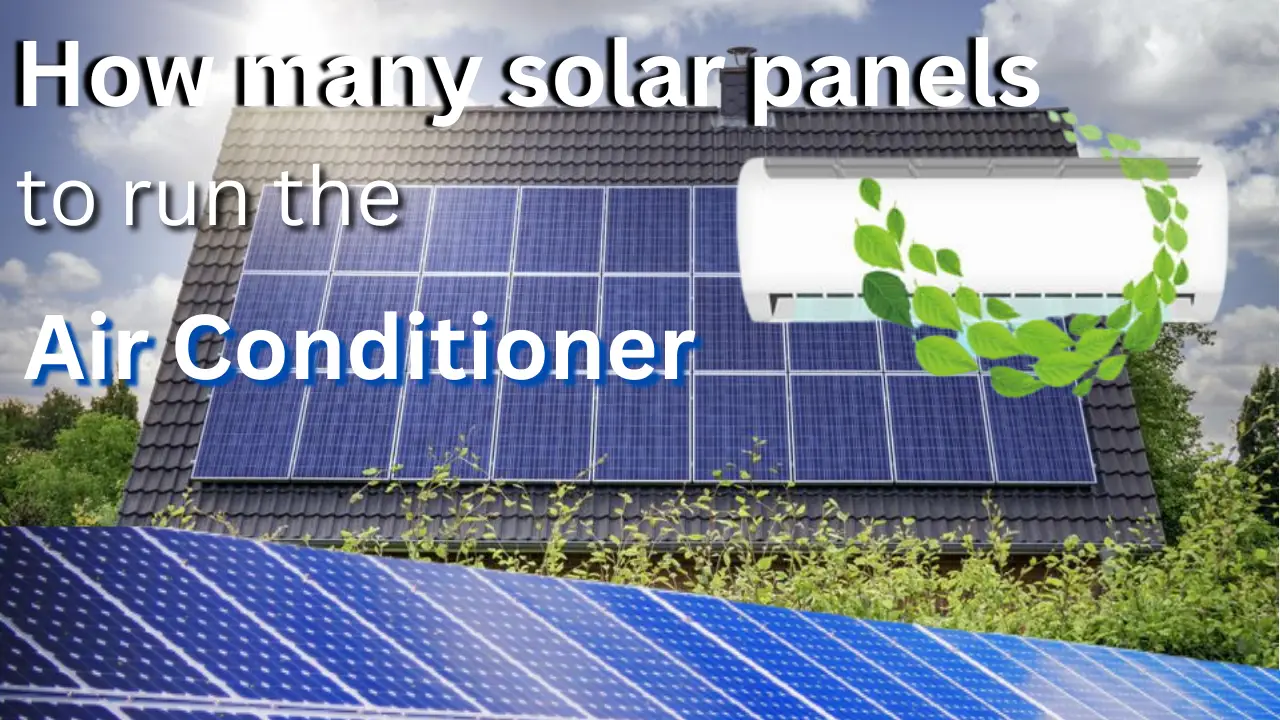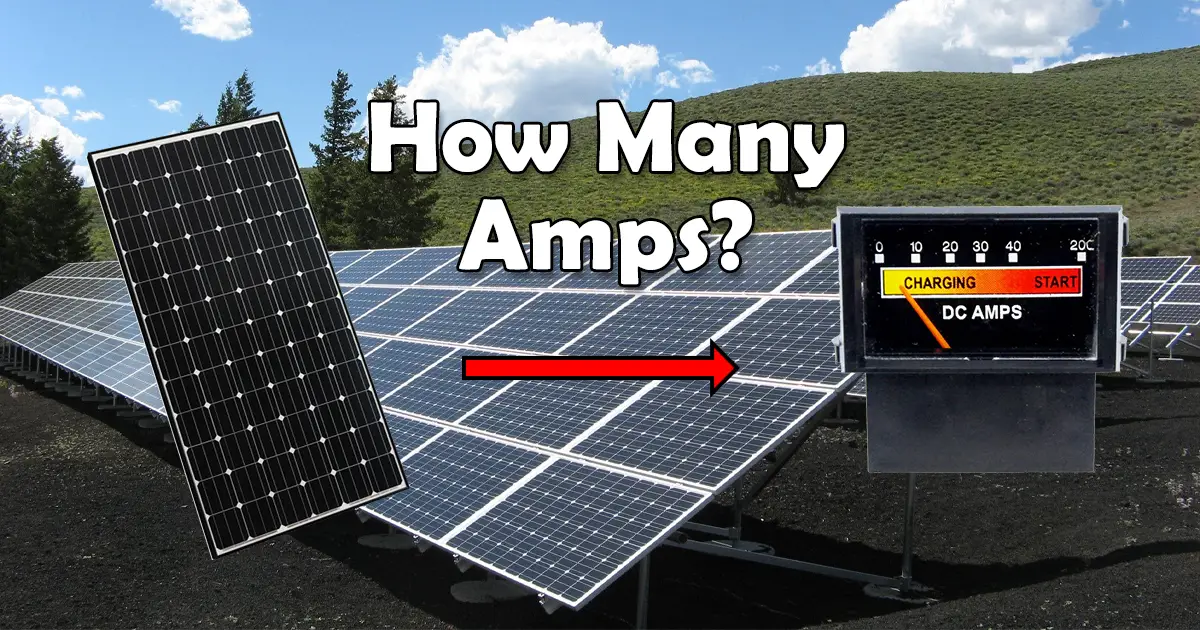Solar panels have become a popular source of renewable energy for both residential and commercial use. They convert sunlight into electricity using photovoltaic cells, making it a clean and sustainable source of power.
However, there are some speculations that the color of solar panels plays a significant role in their performance. In this article, we will examine whether the color of solar panels matters or not.
The color of a solar panel refers to the color of its photovoltaic cells, which are typically made of silicon. Most solar panels have a bluish-black color, but some manufacturers offer panels with different colors, such as white, grey, or even red.
The colored solar panels blend in with the color of the roof, making them more aesthetically pleasing. However, colored solar panels are usually more expensive than traditional black or blue panels.
It has been generally observed that the color of solar panels can slightly impact their efficiency. The difference in appearance between these colored solar panel cells is due to the quality and manufacturing process used to create them. So, if the material and manufacturing method is changed, then the color of solar panels can have a significant impact on their efficiency.
Let us understand this better below.
So do Solar Panels Come in Different Colors?

Absolutely, there are many different colors available for residential solar panels. The extended response is considerably more difficult to understand, and you cannot just order solar panels in different colors to fit your house.
In general, colorful panels cost more and produce less energy. As a result, smaller, specialized producers frequently produce them. Presently, a commercial solar panel manufacturer must utilize dyes or coatings, which reduce the efficiency of the panels, to produce solar panels in colors other than blue and black.
Also less inclined to buy these panels are solar installers themselves. Customers who go for solar do so primarily to reduce their energy costs; as a result, they do not desire fancy solar panels that cost more and perform less efficiently simply because they can be a different color.
So, it would be unprofitable for a solar energy provider to stock colored solar panels simply in case one customer requested them. The business also saves money by simply buying one or two types of solar panels from their favorite solar manufacturer because they can get a better deal by purchasing more of them.
Then why are most solar panels black and blue?
The manufacturers’ selection of solar panel color is not just for decorative purposes, and this may surprise you. Solar panels are typically black and blue due to the natural colors of silicon produced during the manufacturing process.
Two main types of commercially available solar panels are monocrystalline and polycrystalline.
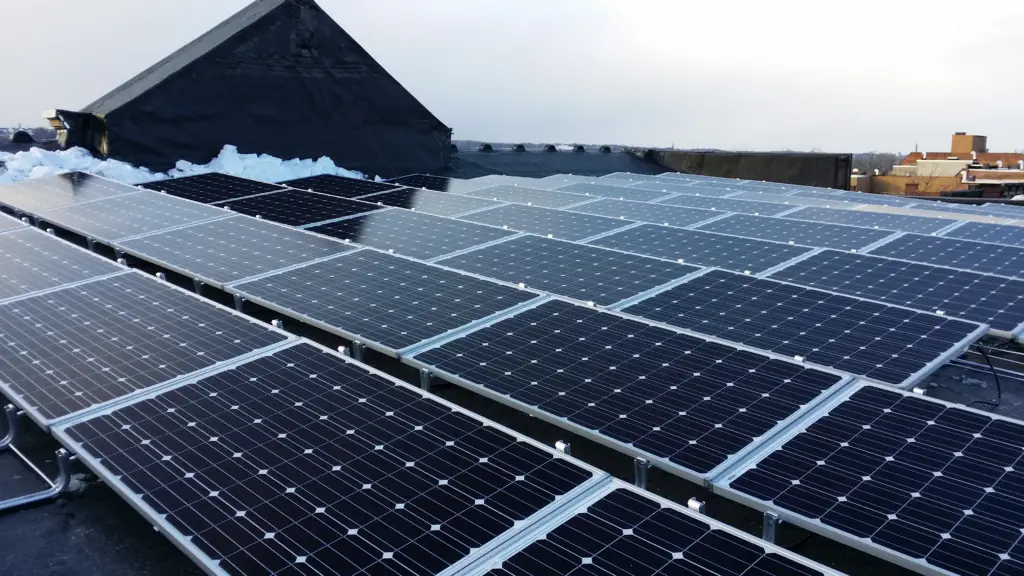
Black monocrystalline solar panels
Silicon is used to create monocrystalline solar cells, each of which is composed of a single crystal. This significantly increases their efficiency, especially given that black absorbs more light than blue.
Most recent solar panel installations utilize these black monocrystalline panels because consumers prefer the higher efficiency they offer as industry costs decline.
Blue polycrystalline solar panels

The interaction of the silicon crystals with the sunlight causes blue solar panels, which are constructed from polycrystalline silicon, to seem blue. Because of the slow conduction caused by the many crystals, blue polycrystalline solar cells are less effective in producing energy.
Older installations are more likely to use blue panels since polycrystalline technology used to be less expensive than monocrystalline.
So, does the color of your solar panels matter?
Understanding the impact of manufacturing processes
Above, we discussed how changes in material and manufacturing methods used to color solar panels could significantly impact their efficiency. While dyes and coatings can be used to alter the color of solar panels, it is important to note that these techniques can significantly lower panel efficiency.
In fact, colored solar panels produced using coatings and dyes can be up to 45% less efficient than traditional blue or black panels. Since these colored panels are typically more expensive to begin with, they can negatively impact the return on investment from your solar PV system.
However, there is ongoing research to develop more effective colored solar panels in a wider range of colors to complement different surroundings, color schemes, and aesthetics. For example, Dutch researchers have created a soft-print lithography method that enables panels to reflect a certain color.
While this method still results in some loss in efficiency (around 10%), it is significantly less than other coating techniques. The researchers hope to further decrease the loss in efficiency to as little as 2% with ongoing advancements.
Although we do not yet have solar panels available in every hue of the rainbow, the technology to develop more efficient colored panels is undoubtedly in development. As the technology continues to improve, we may see more options for aesthetically pleasing and efficient solar panels in a wider range of colors.
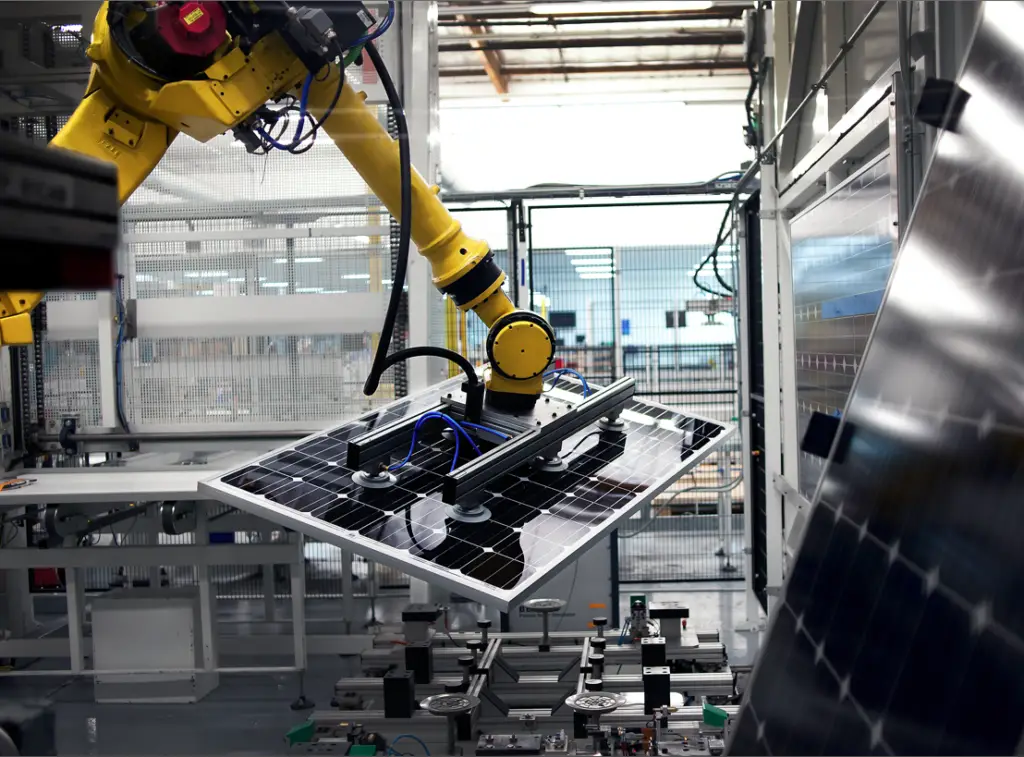
Effect of material used to get colored solar panels
The material used in colored solar panels can significantly impact the panel’s efficiency. For example, some materials used to create colored solar panels can cause a reduction in efficiency by reflecting sunlight or absorbing too much heat. This can result in the solar panel producing less energy than it is capable of.
In addition, some materials used to color solar panels can also impact their durability and lifespan. For instance, some dyes and coatings used to color panels can fade over time when exposed to sunlight, reducing the panel’s efficiency and lifespan.
On the other hand, some materials used to color panels are more durable and can help protect the panel from environmental factors such as UV radiation and moisture, which can extend the panel’s lifespan.
Overall, the material used in colored solar panels can significantly impact their performance and durability, making it important to choose materials that balance aesthetic appeal with efficiency and durability.
It’s also important to consider factors such as location and climate when selecting the material for colored solar panels to ensure optimal performance and efficiency.
Choosing the right color for the right location
The color of solar panels may affect their efficiency depending on the location’s weather. If you live in an area with a lot of snow or rain, choosing a white or blue-colored panel may not be ideal because it may reflect sunlight off the surface, reducing the efficiency levels by up to 15%.
This means that the panel would produce less energy, which could impact your energy output and savings.
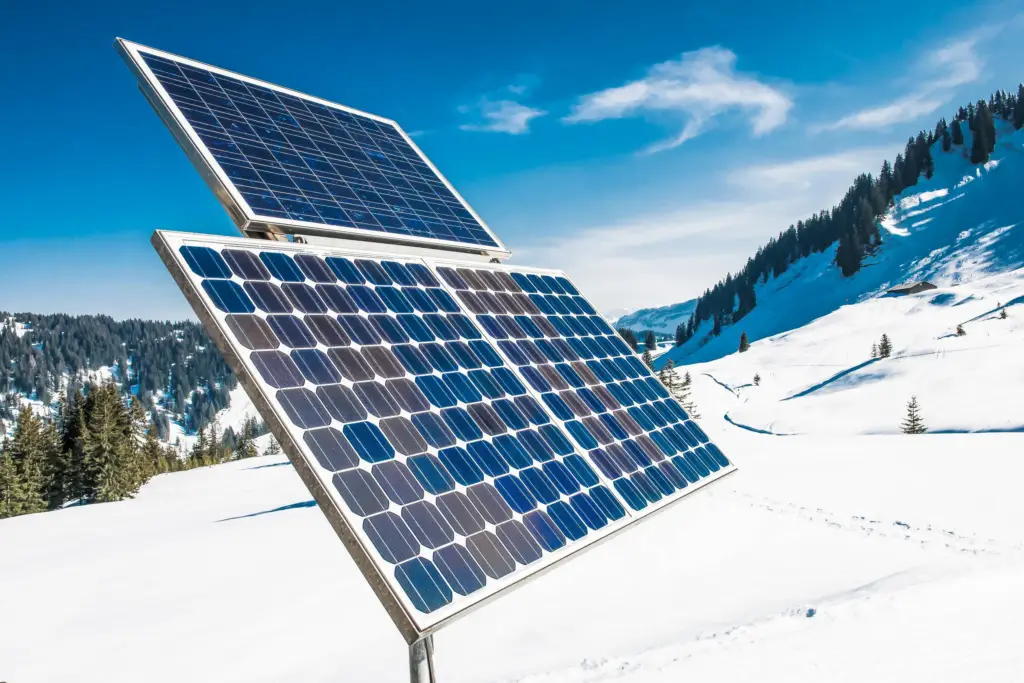
Choosing the right color of frames for solar panels
Solar panels with darker frames absorb more heat than those with lighter frames. The heat can reduce the efficiency of the solar panel by causing a voltage drop. This can be a significant issue in hot climates, as the temperature can exceed 100 degrees Fahrenheit, causing the solar panel to lose up to 1% of its efficiency for every degree above 77 degrees Fahrenheit. Therefore, choosing a solar panel with a lighter frame can help maintain its efficiency in hot climates.
Monochromatic colored solar panels
Monochromatic colored panels (such as black or dark blue) are more efficient than colored panels because they absorb and use the most sunlight. This means that they can produce more energy than colored panels, which could help increase your energy output and savings.
Therefore, if you want to maximize your solar panel’s energy output, it is better to choose monochromatic panels. Also, it’s a common understanding that dark colors absorb more heat, thereby increasing the efficiency of solar panels.
Do Transparent Solar Panels Exist?
Because they are more expensive to construct and install and have a lower efficiency of just 5% compared to black solar panels, which have a greater efficiency of around 23%, transparent solar panels, also known as photovoltaic glass, are less common than white or dark blue ones.
Engineers are more interested in using photovoltaic glass in solar windows than they are in using it in solar panels.
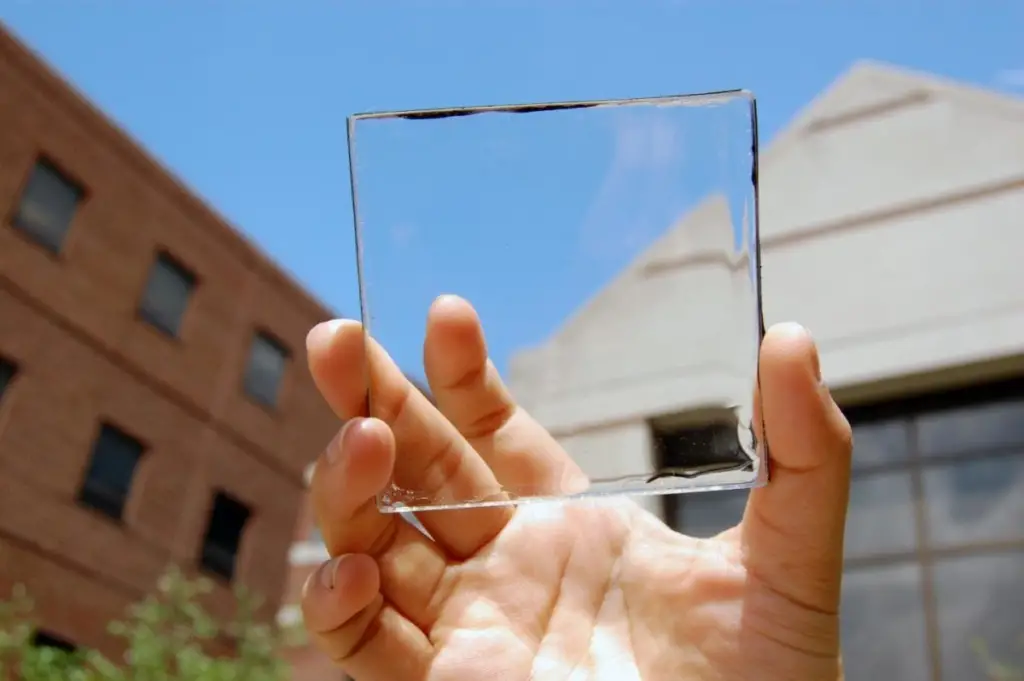
Do colored solar panels cost more money?
Colored solar panels can cost more money than traditional blue or black panels. This is because coloring the panels requires additional manufacturing processes and materials.
For example, using dyes or coatings to create colored panels can increase production costs, and the resulting panels may be less efficient than their traditional counterparts. However, the cost of colored panels can vary depending on the manufacturing process and materials used.
Some innovative techniques, such as soft-print lithography, have been developed that can create colored panels with only a slight decrease in efficiency. These panels may be more expensive than traditional panels, but they could still provide a viable option for those looking for a more aesthetically pleasing solar panel option.
Ultimately, the cost of colored solar panels will depend on the specific panel and manufacturing process used. It’s essential to research and compare the costs and benefits of different options before deciding.
Conclusion
Solar technology is developing quickly. More aesthetically beautiful solutions become a reality as demand grows. Many people consider the aesthetic advantages to outweigh a slight drop in efficiency, so it would be a good idea to take color into account when choosing your solar panel installation.
On the other hand, traditional black or dark blue solar panels are the best choice for many people due to their higher efficiency, lower price, and accessibility.

